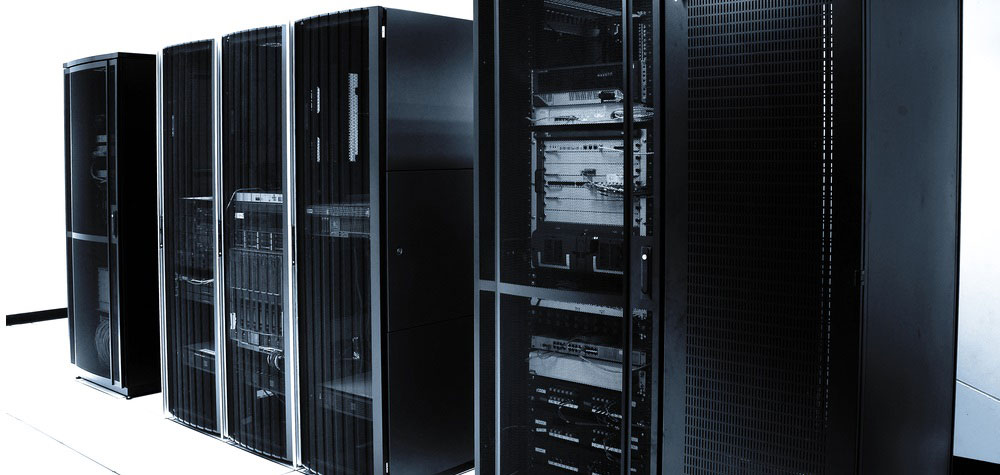 Get your slice of the hyper-convergence pie
Get your slice of the hyper-convergence pie
The debate over converged versus hyper-converged infrastructure is one that has gained significant traction over the past couple of years. One partner in particular, Nutanix, has been driving the case for hyper-converged infrastructure and is gradually being joined by a large number of manufacturers all seeking to get a slice of the hyper-convergence pie. But what is hyper-converged and why are organisations so keen to consider it?
Old vs New
Traditional infrastructure solutions are siloed, often requiring a different manufacturer for each component. From compute to storage, network fabric to the hyper-visor, the list goes on. That's a lot of leg work (and often cost) to get the estate decked out with best-of-breed technologies from a plethora of different sources. Converged infrastructures from manufacturers such as VCE attempted to tackle this issue by introducing separate components around each silo, but specifically engineered to work well collaboratively. While unquestionably a step in the right direction, this approach can still be inflexible and often costly.
Hyper-converged infrastructure takes this thinking one step further, condensing all the primary components - compute, storage, and network - into one single appliance. Unlike a converged solution, this delivers greater simplicity and significant scalability.
data_centre.jpgWhat can hyper-converged offer my infrastructure?
There are many advantages that hyper-converged can bring to the table, including significant cost savings and stronger management.
Intelligence
The intelligent software layer of the hyper-converged appliance hands back time and resource to the IT department as routine tasks and maintenance occur automatically. Due to hyper-convergence only requiring a single appliance instead of many, coupled with its ability to maintain itself, there is no need for multiple teams to operate and administrate each individual component. This responsibility is substantially boiled down therefore, freeing up team members to concentrate instead on business transformation and innovation.
Single pane of glass
With a single appliance comes single pane of glass, meaning management and administration are made much easier and more user friendly. This simplicity also extends to the manufacturer – being a single appliance also means a single support contract and therefore a single phone number to contact should any problems arise. By consolidating in this way, datacentre footprint is similarly reduced, lowering spend on power, cooling, and rack space.
Straight out of the box
Making the switch to hyper-converged is simple; it is designed to ensure there are no conflicting pieces of hardware or difficulties with firmware updates – it's literally ready to go. As everything is designed by a single manufacturer, the challenge of making certain each component works together has already been addressed. The time to deployment and time to value is therefore greatly accelerated and ensures a far quicker return on investment.
Built-in redundancy
For some there is a reluctance to rely on the 'everything in one box' approach that hyper-convergence is built upon, if only for the fear that a single appliance could spell a single point of failure. However, redundancy is purposefully built in to hyper-converged appliances to combat this. Appliances run on dual power supplies and dual storage controllers, spreading data across multiple nodes to ensure that should one fail, functionality is unaffected.
When should I be considering hyper-convergence?
Here are three common scenarios when we'd suggest you take a look at a hyper-converged infrastructure:
1) Infrastructure refresh
The truly ideal time to make the switch to hyper-converged is when all three primary tiers of the infrastructure (compute, storage, and network) need to be refreshed. This means organisations are able to wipe the slate clean with a complete overhaul, moving every aspect over to a hyper-converged model at the same time.
2) Storage expansion
When seeking to refresh a single component of the infrastructure, it's possible to begin the transition to hyper-converged, even if the remainder of the infrastructure isn't due to be refreshed. The benefits of hyper-convergence make it possible to consider it as an alternative when infrastructure is being upgraded, piecemeal.
3) Harnessing the cloud
The vast majority of hyper-converged appliances are built with the cloud in mind, using the burst capacity it presents like an additional infrastructure tier when needed. Accordingly, it provides a low-risk way of trialling cloud services for organisations that are just starting out in cloud. As a result of the out-of-the-box integration of hyper-converged appliances, much of the fear of integrating on premise environments with the cloud is quickly overcome. Hyper-convergence could therefore be a fantastic way to step onto the 'cloud ladder'.
Find out more
If you'd like to find out more about hyper-convergence and if it's right for you, contact your Softcat Account Manager or get in touch using the form below.

